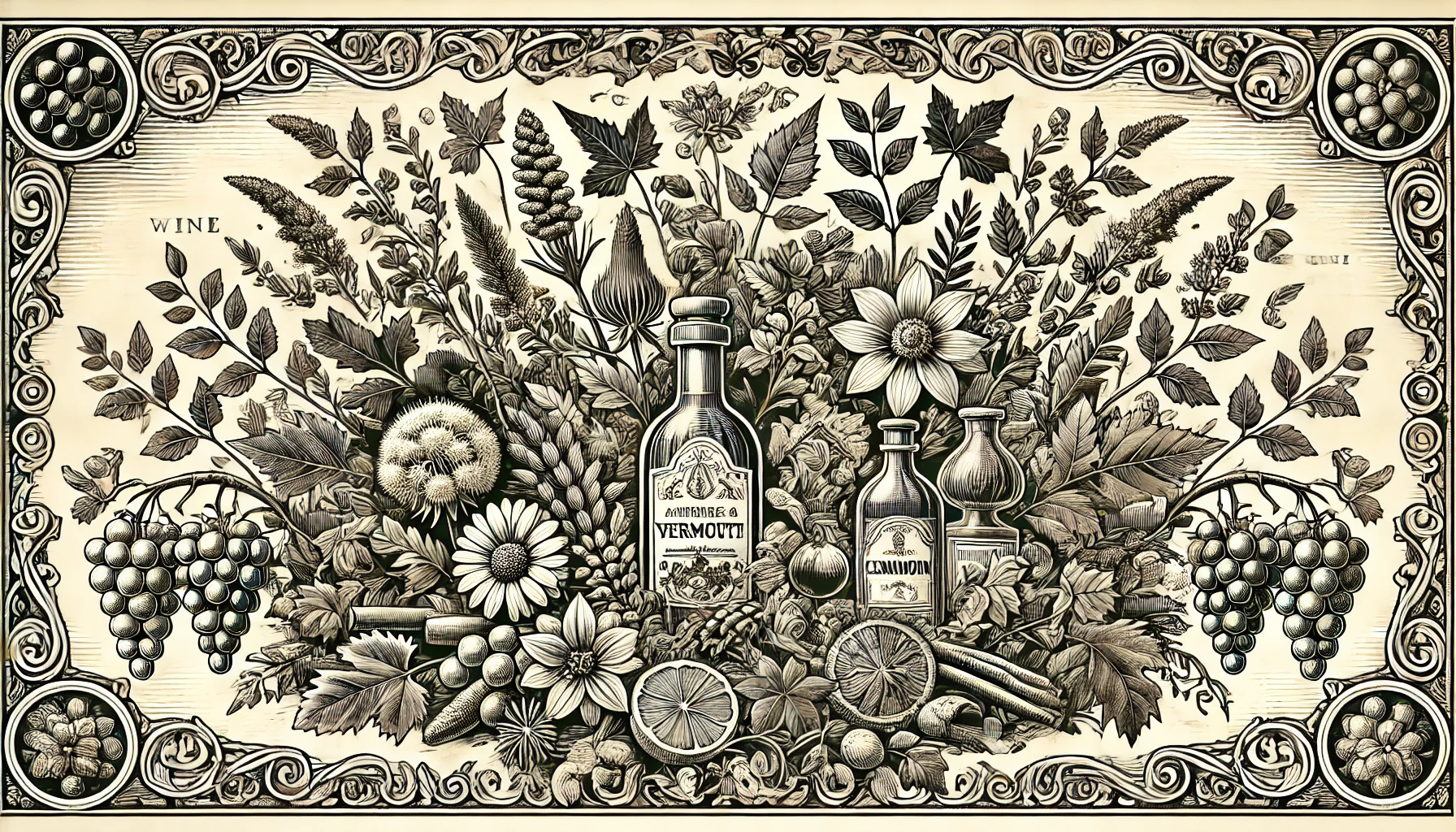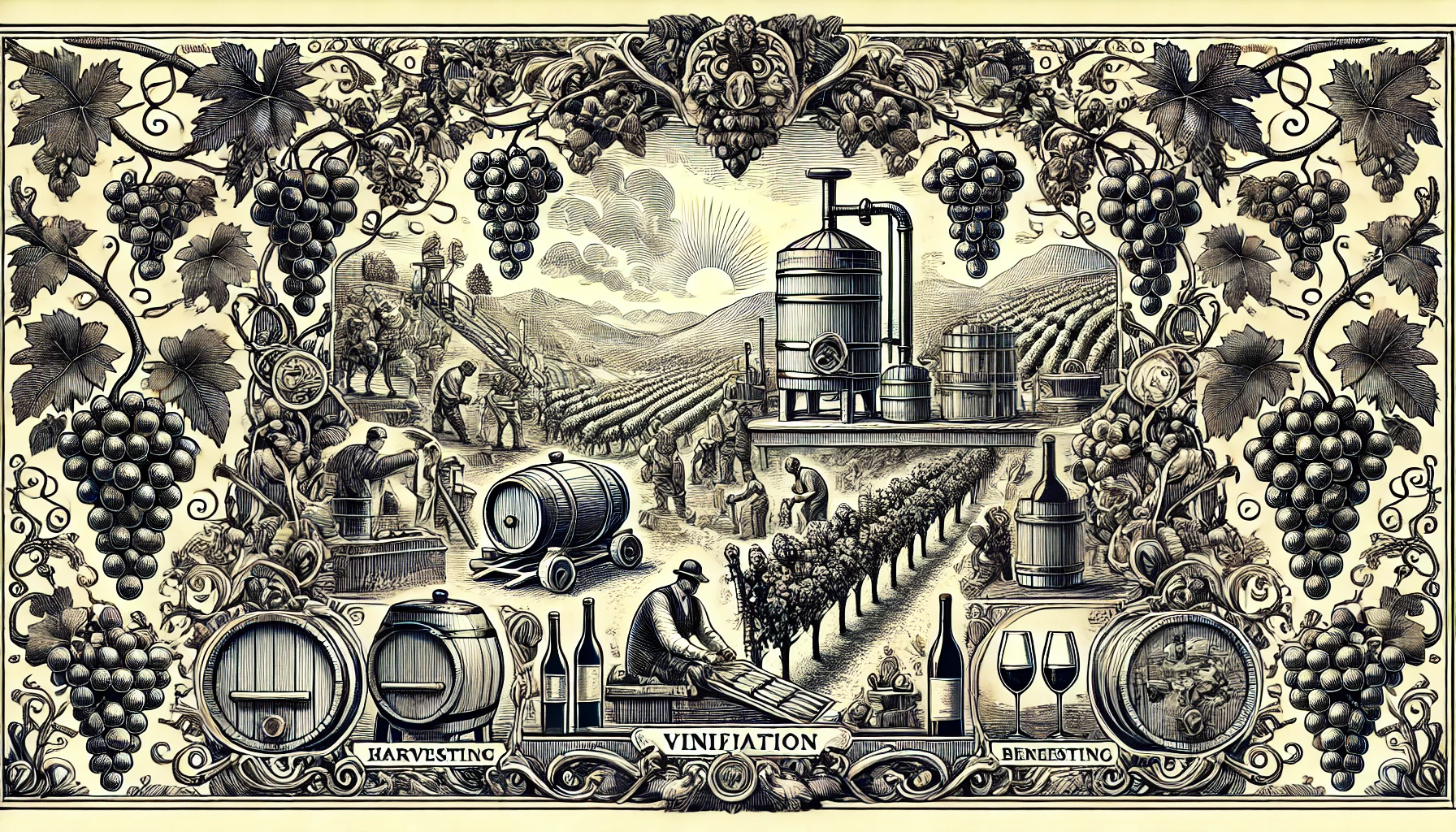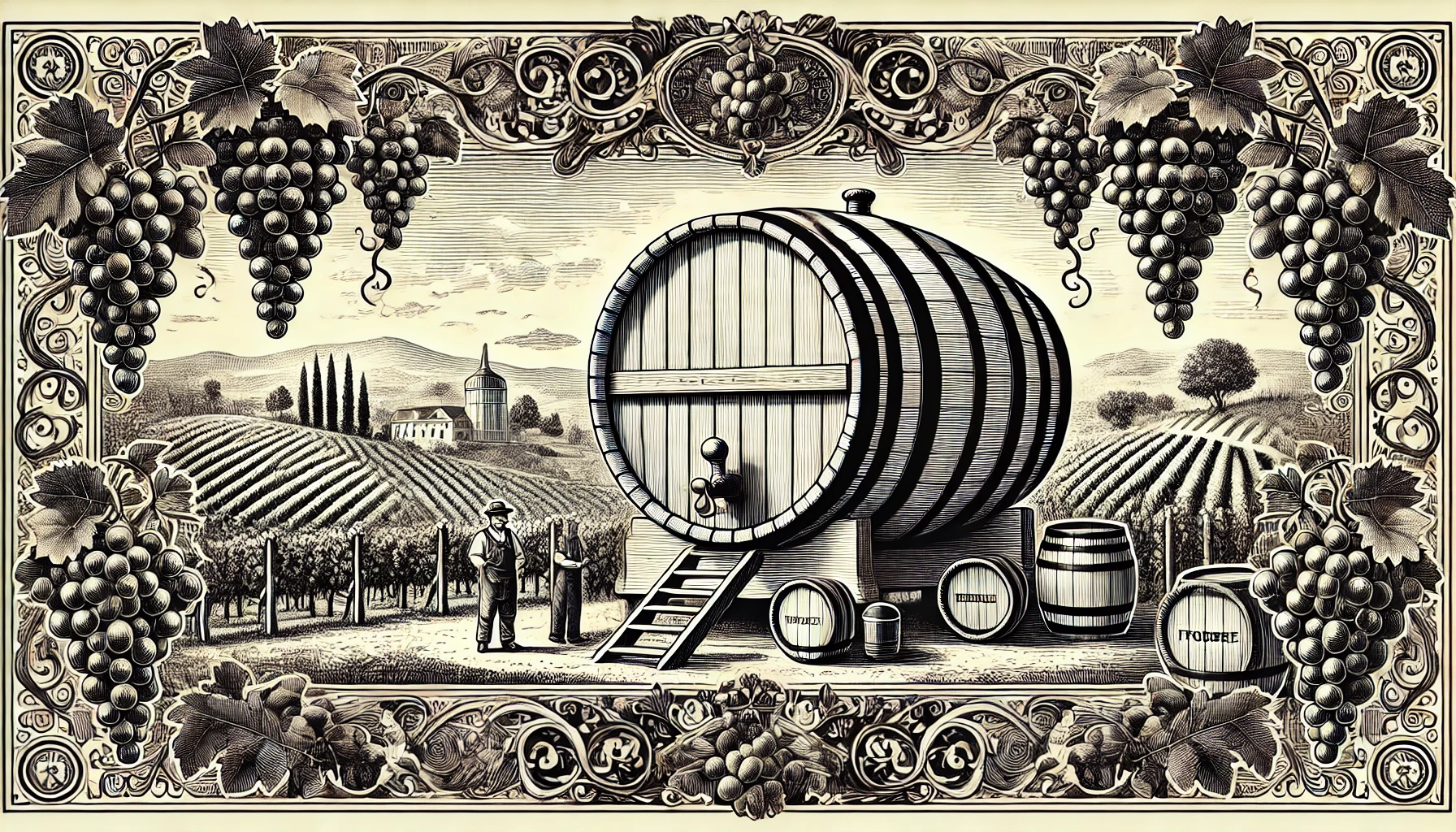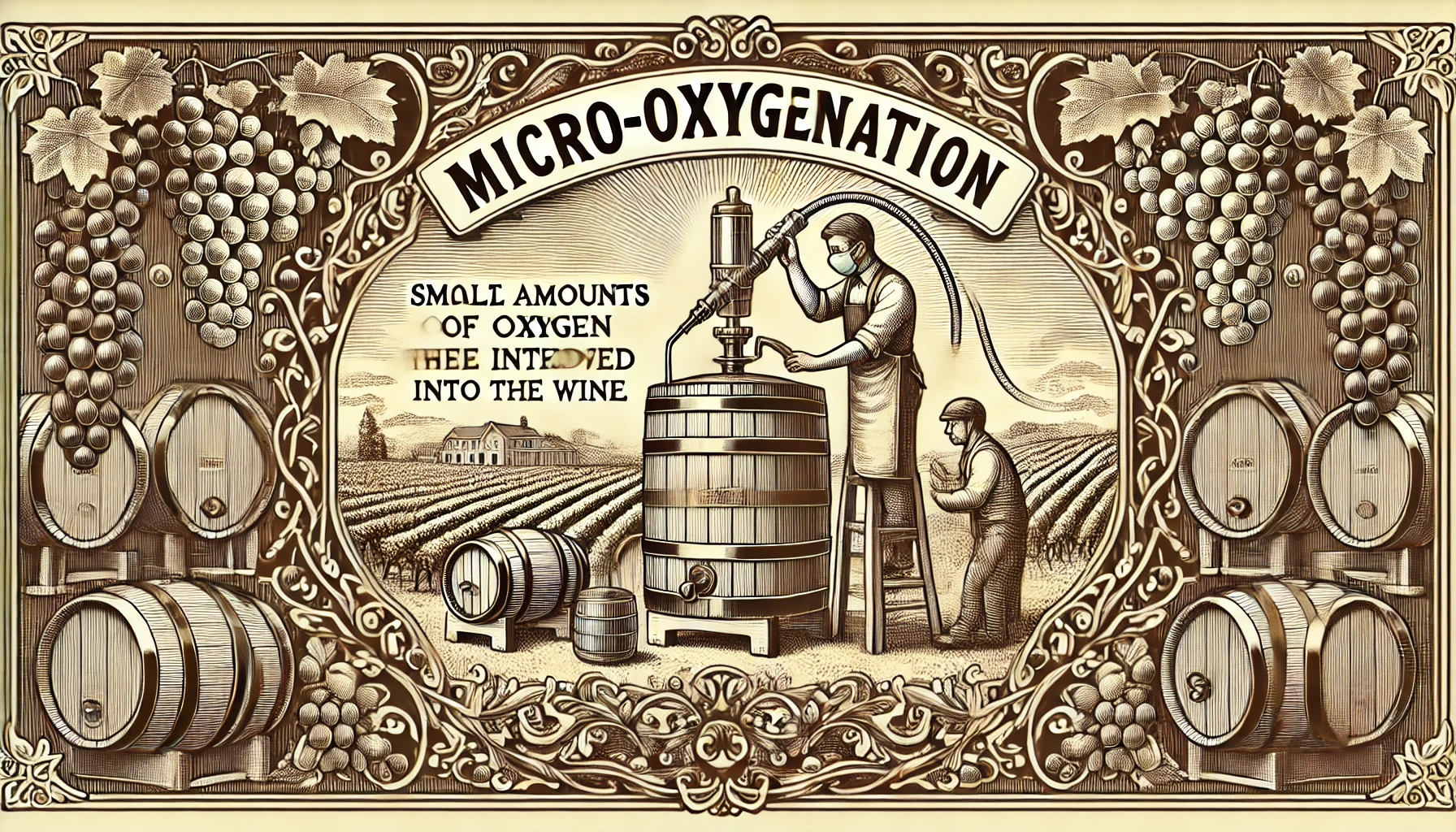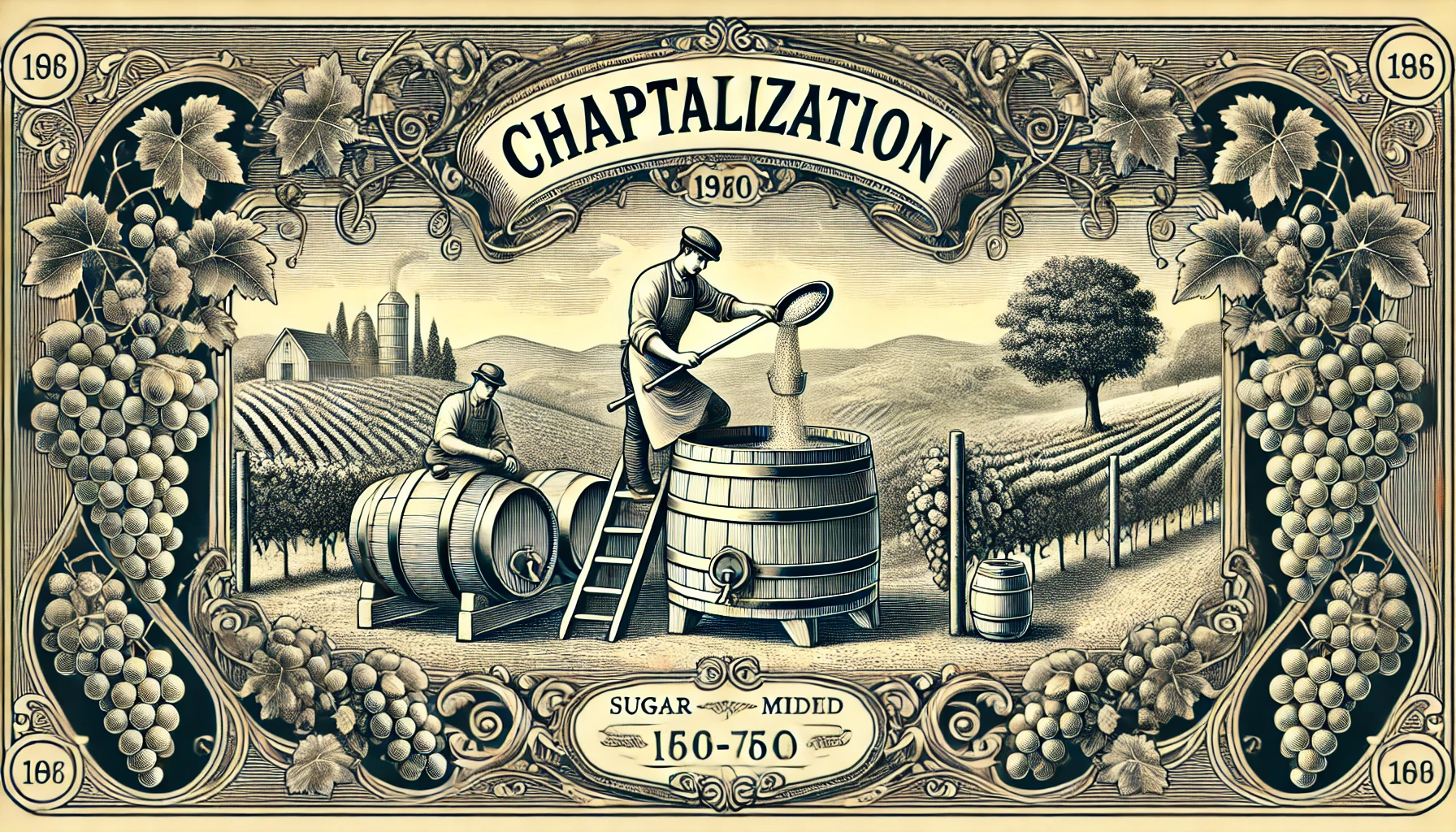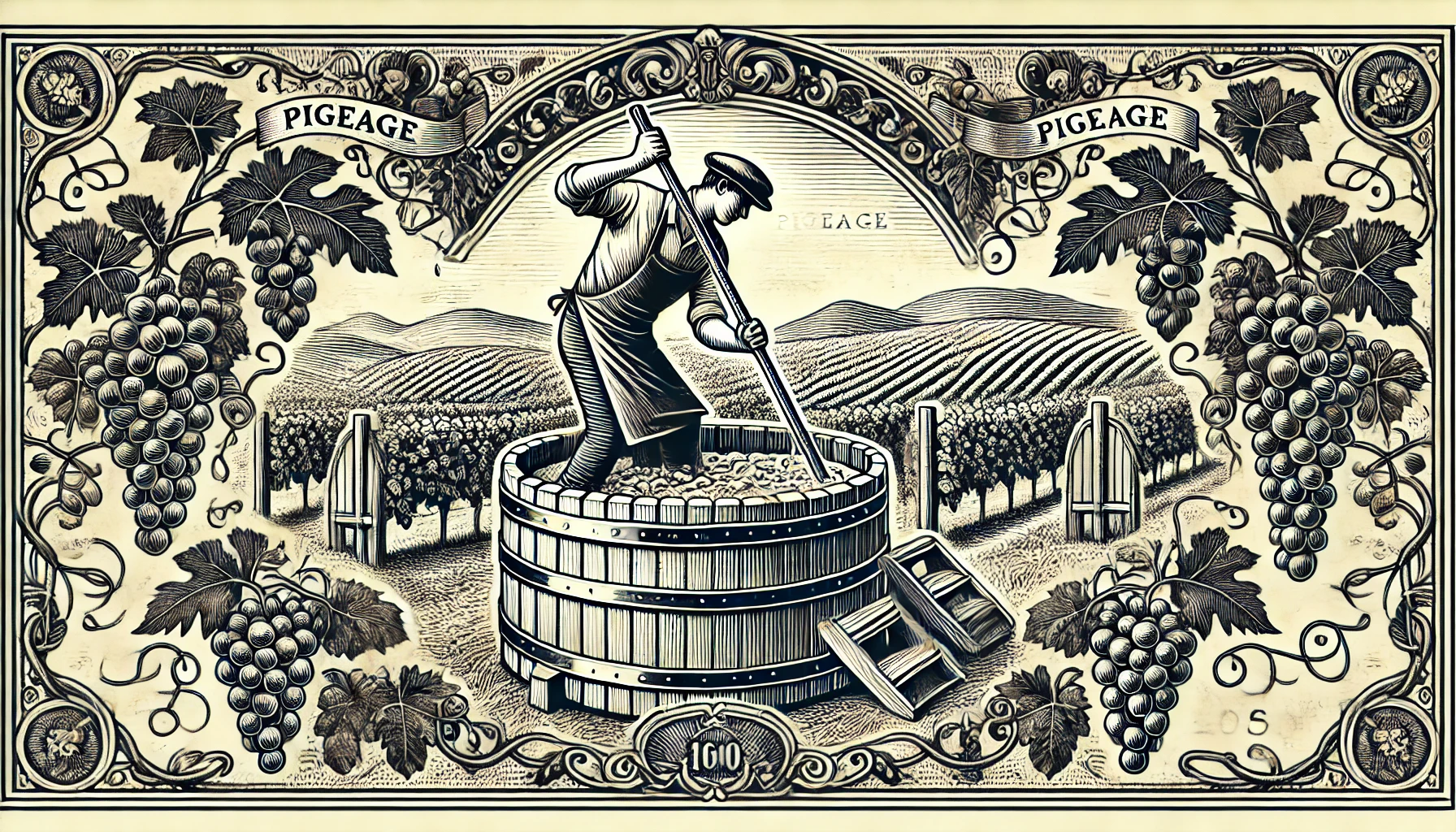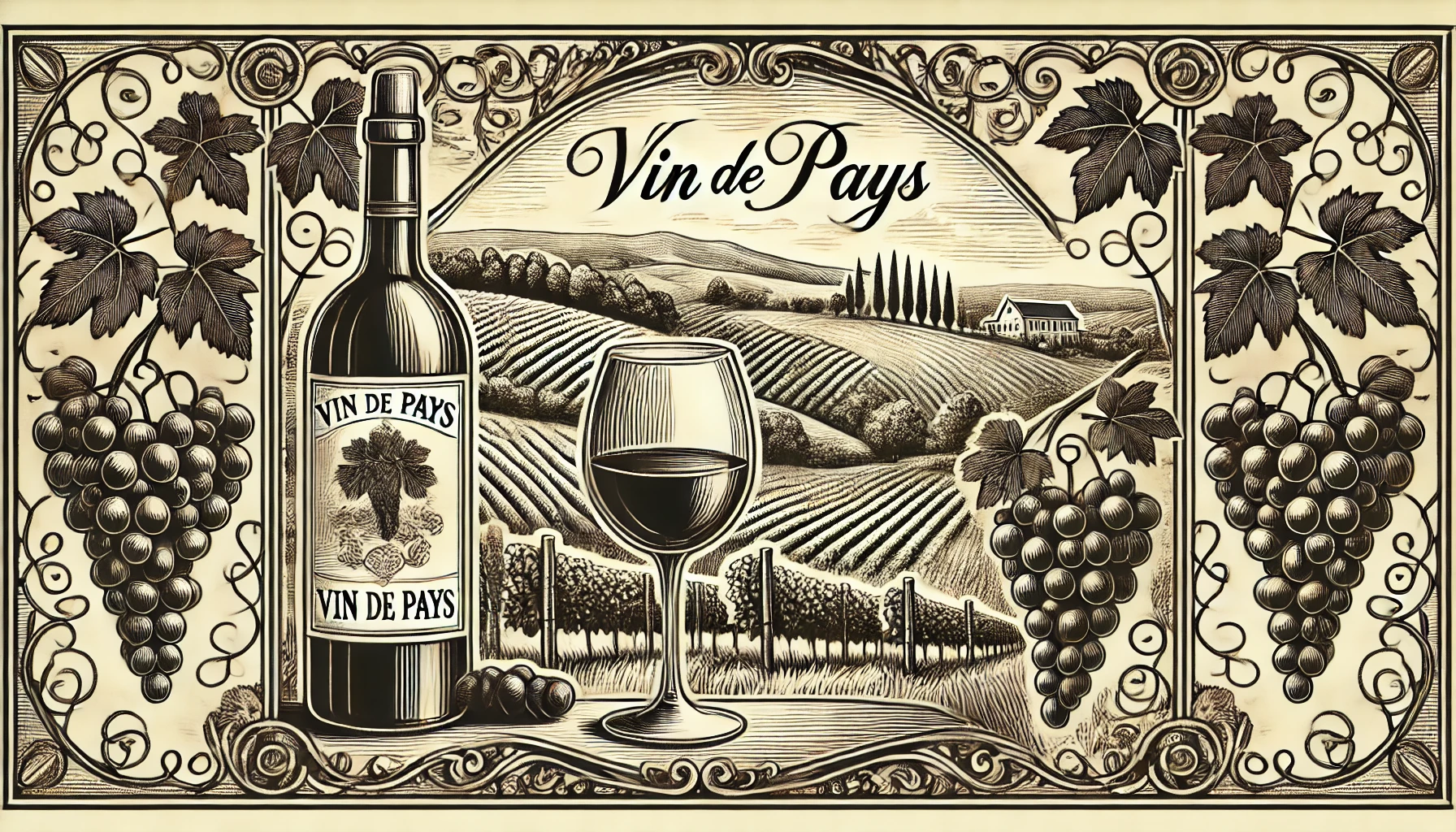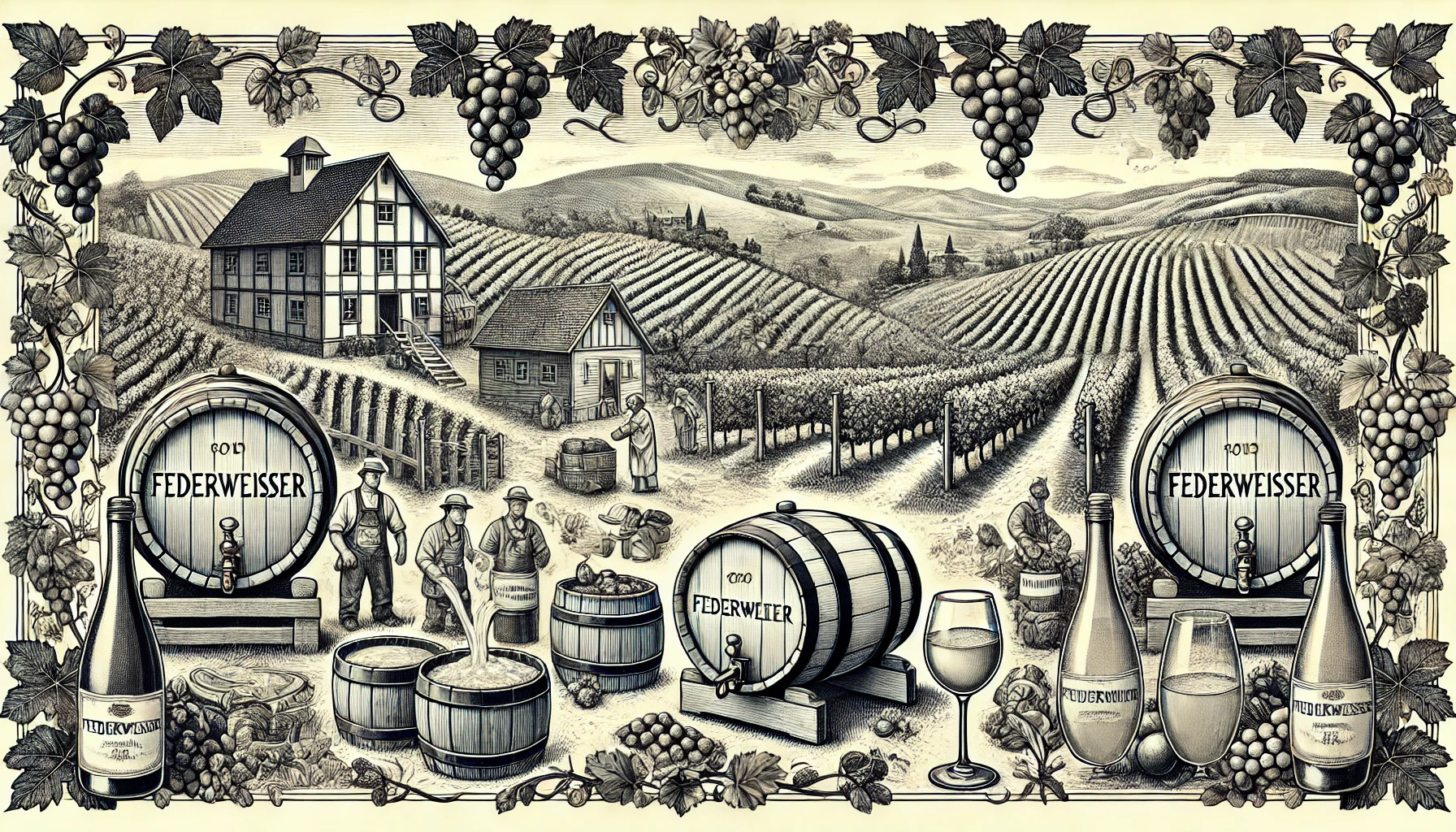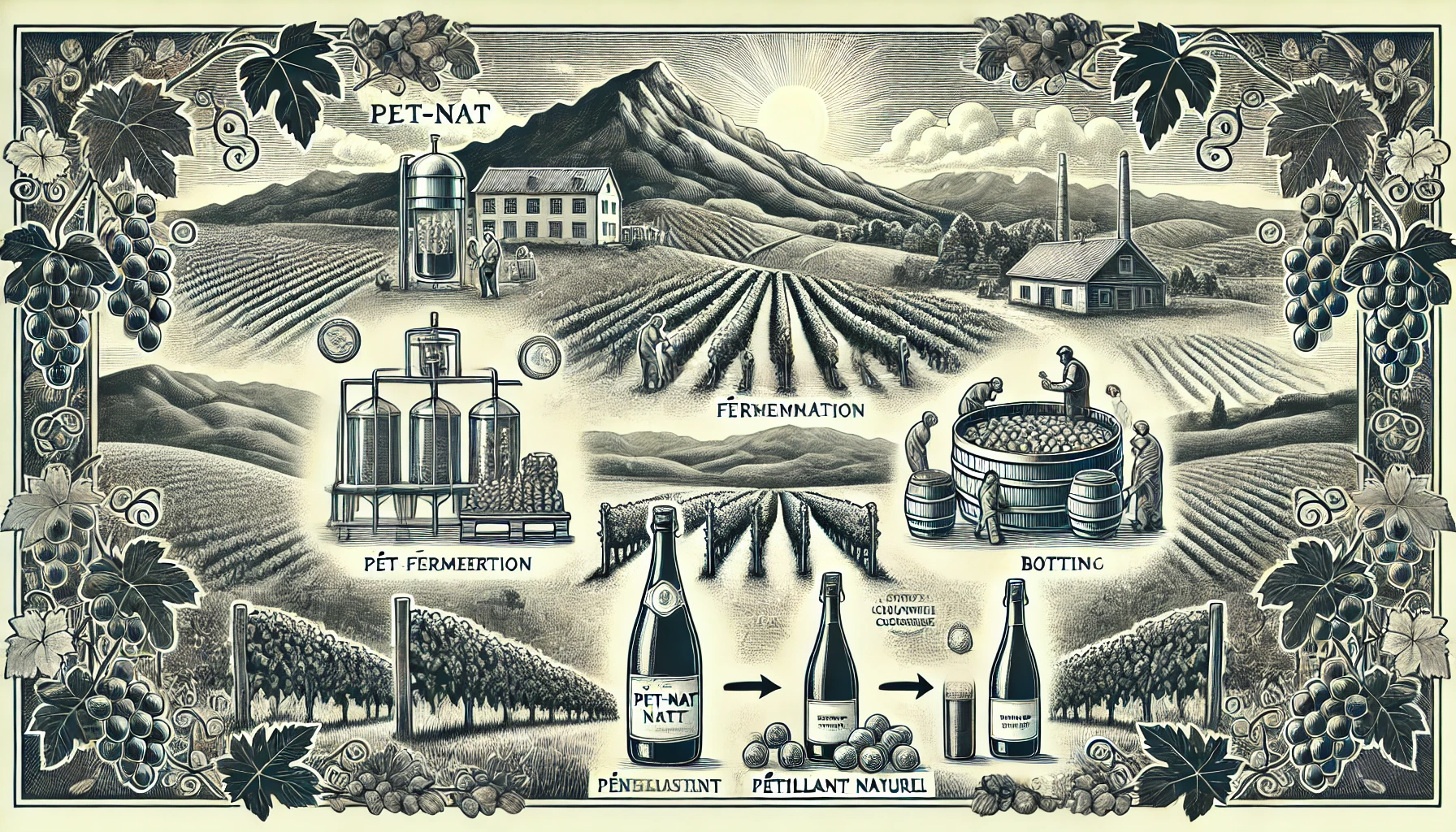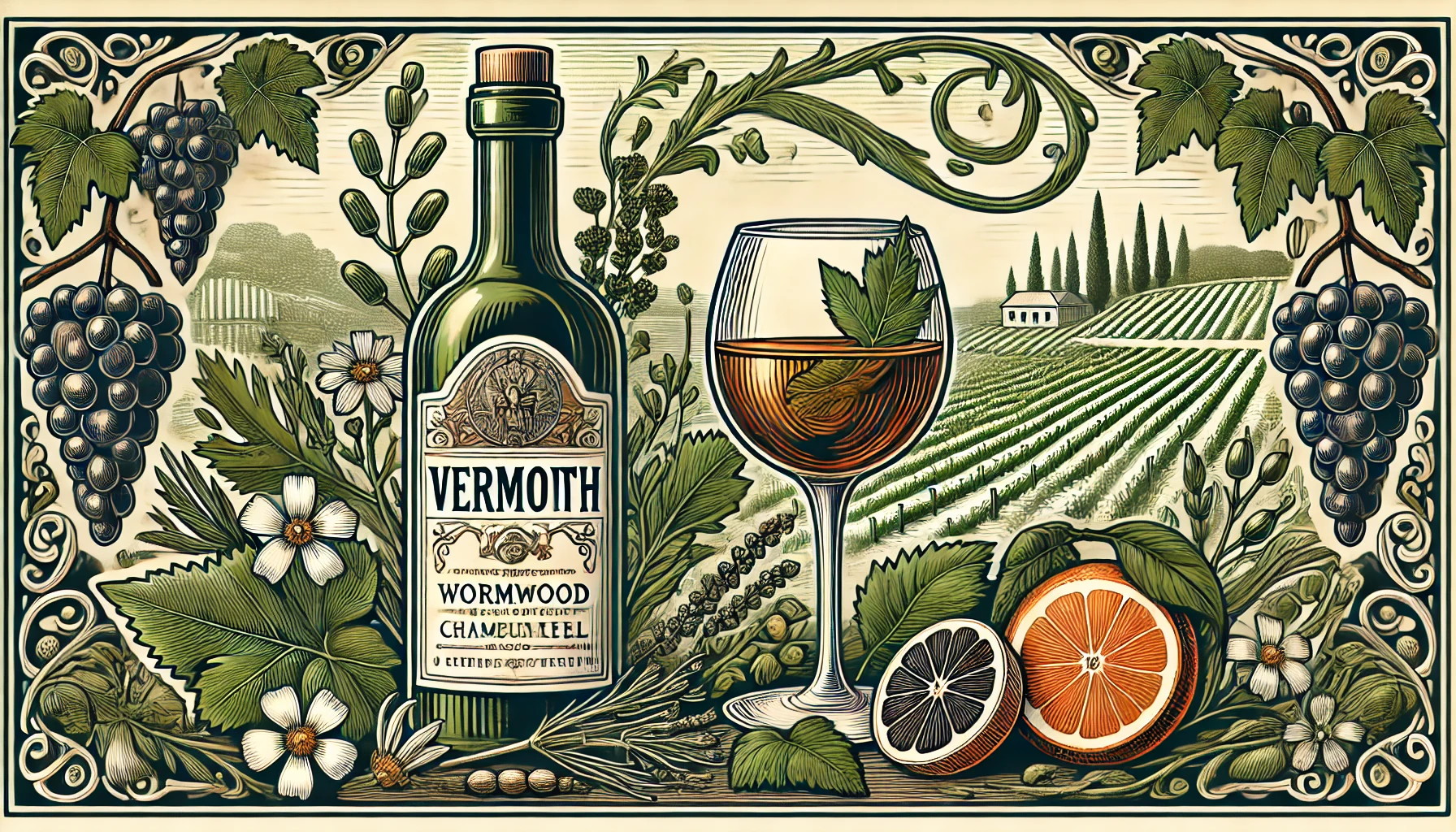
Vermouth is a fortified wine flavored with various herbs, spices, and botanicals. It originated in Italy in the late 18th century and has since become a popular aperitif and essential ingredient in classic cocktails like the Martini, Negroni, and Manhattan. The name “vermouth” comes from the German word “wermut,” meaning wormwood. It was one of the original botanicals used in its production.
It comes in two primary styles: dry (white) and sweet (red). Dry vermouth, also known as French vermouth, is lighter, less sweet, and often has a sharper, more herbal flavor. It is commonly used in cocktails like the classic Martini. Sweet vermouth, also called Italian vermouth, is richer, with a slightly syrupy consistency and flavors of caramel, vanilla, and spices. This style is used in cocktails like the Manhattan and Negroni.
The Process Of Making
It begins with a base of wine, which is fortified by adding a neutral grape spirit to increase its alcohol content. After fortification, winemakers infuse the wine with a blend of botanicals. This may include herbs, roots, spices, flowers, seeds, and barks. Each producer of vermouth has its own secret recipe, but common ingredients include wormwood, chamomile, coriander, cinnamon, cardamom, cloves, and citrus peel.
Once infused, it is usually sweetened with sugar or caramel, depending on the style, and then aged for a period of time to allow the flavors to meld together. The result is a complex, aromatic beverage with layers of flavor.
Though vermouth is often enjoyed as part of a cocktail, it can also be sipped neat or over ice, with a twist of citrus peel. Its versatile flavor profile makes it a favorite among bartenders and wine lovers alike.
Curious about more wine terms and insights? Visit our Wine Wiki section and explore the basic wine terms for expert definitions and tips!
